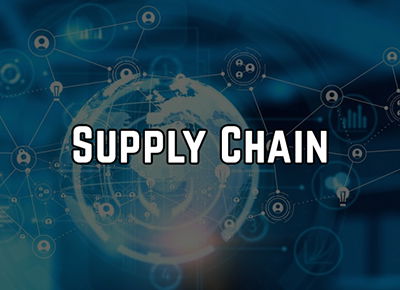Understanding Supply Chain Management Concepts
🎤 José Mora | 📅 December 12, 2024 | 🕒 11 AM Eastern Time US
Description:
Supply chain management is a concept that has evolved over many years, beginning with the implementation of materials management in the 1980s. Materials management integrated those functions involved in the management of materials and suppliers, such as procurement, demand planning, warehousing, forecasting, production planning and scheduling, manufacturing, inventory management, transportation, and customer service. These areas were moved under one boss, and decisions were based on what was best for the management of the organization’s materials to what was best for a department.
This concept proved very successful in reducing stock outs, inventory levels, duplication, etc. Materials management has evolved into supply chain management focusing on collaboration between not only the materials management area but also other functions that impact products and services.
Supply chain management brings a focus to all of the layers of organizations that contribute to the final product and/or service. It moves organizations from functions to processes. Those processes cross over departmental boundaries as well as over company boundaries and require commitment of all stakeholders on the ultimate customer. It looks at all raw materials from their very beginnings, such as on a farm.
This presentation looks at the entire supply chain picture and the physical flow of materials and services, the flow of information, the flow of money, and the flow of people. Participants will review a successful supply chain process versus an unsuccessful process. The presentation will explore the benefits and challenges of this end-to-end process.
Areas Covered in the Session:
- Supply chain and supply chain management defined
- The evolution of this business concept
- The impact of supply chain management
- The outcomes of supply chains
- The layout of a supply chain
- Collaborative relationships
- Silo issues
- Long-term contracts
- Stakeholders and channel members
- The supply chain hierarchy
- Planning the supply chains
- Performance outcomes
- Tier selection and tier management
- Communication among the supply chain network
- Technology
- Supply and demand matching
- Transparency
- Risk management
Who Should Attend:
- Supply management personnel (purchasing, procurement)
- Anyone in an organization who also is involved in purchasing services or materials
- Engineers
- Research and Development
- Safety Managers
- Human Resource Managers/Supervisors


